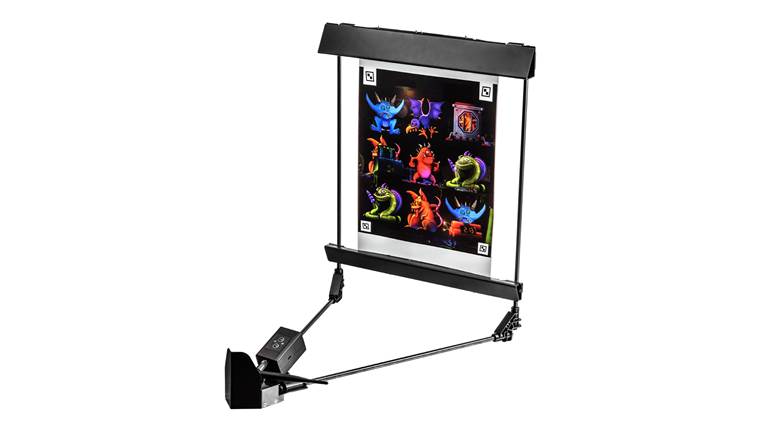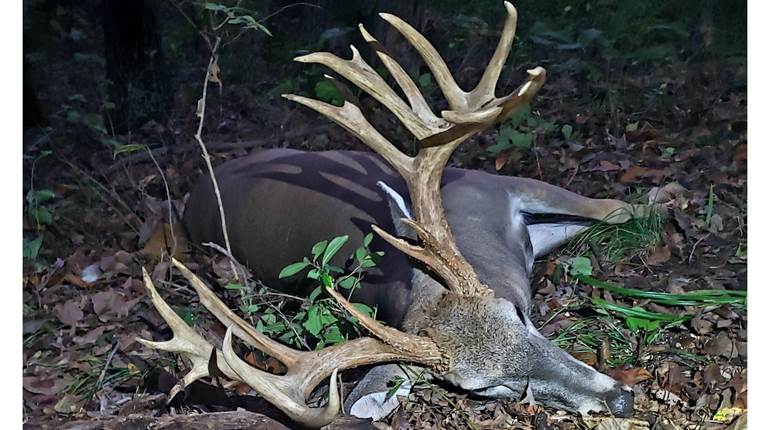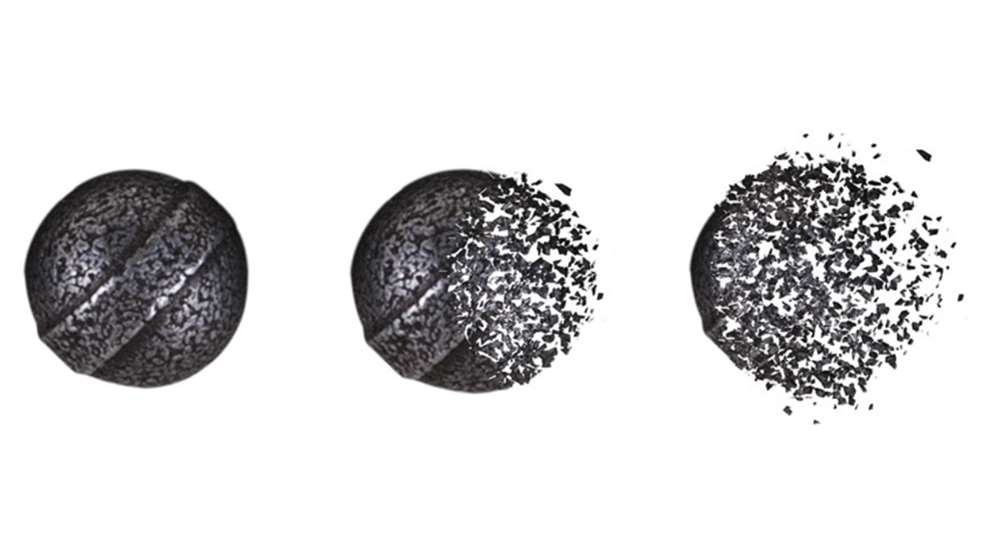
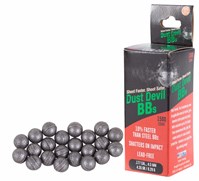
It’s one thing to teach your child gun safety; even very young kids can understand the basic rules. But imparting the concept of ricochet can be a little more difficult. Projectiles can change direction if they hit unseen objects such as rocks and—at close range—still have enough energy to harm someone. What’s more, BBs are among the projectiles most likely to ricochet. That’s because they are steel, so they don’t flatten and give like lead—rapidly shedding their energy—when they strike another hard object. Rather, they bounce. This is one major reason why BB guns have a reputation (although statistically small) for putting kids’ eyes out; it’s because kids with little shooting experience do not often anticipate ricochet, combined with the fact that steel BBs are unforgiving if they do strike something.
To combat ricochet, shooters must learn situational awareness to know what objects around them could pose a ricochet hazard. Then, to protect against unforeseen hazards, shooters should always wear safety glasses. (This isn’t the PC safety police talking; to shoot a BB gun without safety glasses is simply ignorant.) But now there’s a product that can significantly reduce the chance of ricochet in BB guns and therefore injury, particularly eye injury. Dust Devil BBs from Air Venturi are frangible, powdered metal BBs that pulverize upon impact, thereby reducing the chance of ricochet. Why didn’t someone think of this before?
The Dust Devil is a .177-cal., non-toxic, frangible BB that’s made of ferrous powdered metal that’s been compressed with a binding material to form a solid BB. A manufacturing ring around the BB suggests that they are made from two halves then molded together to form a sphere. But when this sphere strikes another hard object, it implodes, or fragments, into hundreds of tiny fragments each having minimal energy to cause great injury at distances greater than about a foot. Each BB weighs 4.35 grains, which is 10 percent less than a steel BB. This means they have slightly higher velocity, but slightly less energy than normal BBs.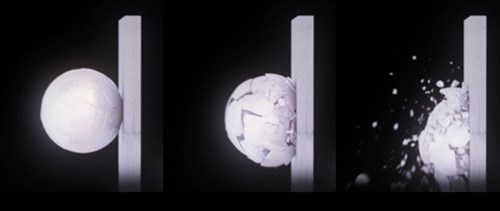
To test, I first used a pair of pliers to see if I could crush a Dust Devil with hand strength alone. I could with little effort, and then I studied the resulting dust and fragments. None measured bigger than .05 in diameter. The resulting particles were drawn by a magnet, indicating that the Dust Devils are indeed made from ferrous metal.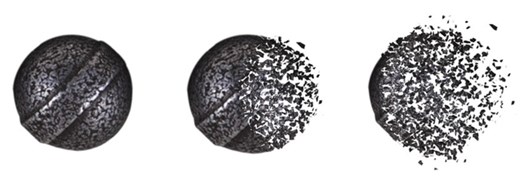
After shooting, I found the Dust Devil BBs held together in flight, and would only implode if they hit their target with sufficient energy. Out of a Lil’ Duke BB gun (similar to a Daisy Red Ryder) that produces a muzzle velocity of approximately 250 f.p.s., the Dust Devils would implode if they hit metal-or very hard objects—out to around 15 yards. Past that, they would not often implode, but this is fine because past about 15 yards, the 4.5-gr. BBs do not have sufficient energy to ricochet rearward far enough to reach the shooter. When shot at wood logs, the BBs would implode consistently at 5 yards, but would not implode much further than that, depending on the hardness of the wood. But there again, this is acceptable because wood gives, thereby soaking up much of the energy and not allowing the non-imploded BBs to ricochet with significant force.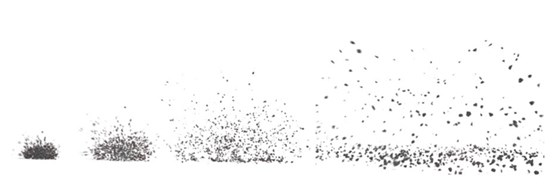
With more powerful BB guns, such as a Crossman pneumatic AirMaster model that can shoot BBs up to 800 f.p.s, the Dust Devils always imploded, even upon wood, at airgun distances of 20 yards. On softer targets like paper and cardboard, the BBs sail right through, allowing the shooter to see where he or she hit the target with no risk of ricochet. 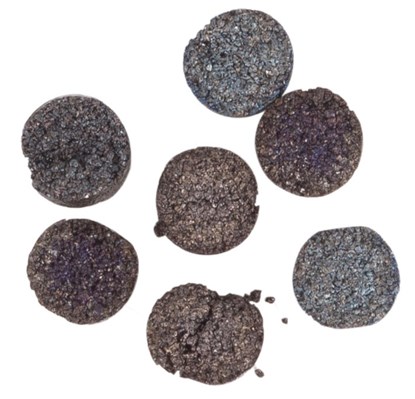
The only downside to the Dust Devil? Due to the nature of compressed metal pellets and their manufacturing process, the BBs are not perfectly spherical as are steel BBs, and so they tend to be less accurate. The difference is negligible in Red Ryder-style smooth bore guns that shoot erratic groups at 10 yards with any ammo, but it’s more noticeable with scoped, adult airguns. Just keep in mind that the Dust Devils are recreational BBs and were not intended for Olympic shooting! For fun plinking, they’re plenty accurate.
More importantly, Air Venturi’s Dust Devil is a safer BB.
$9.99 for a pourable box of 1,500. pyramydair.com












